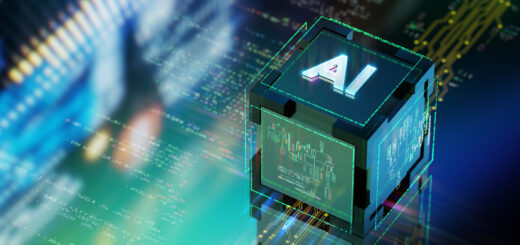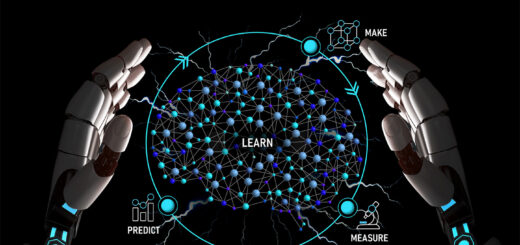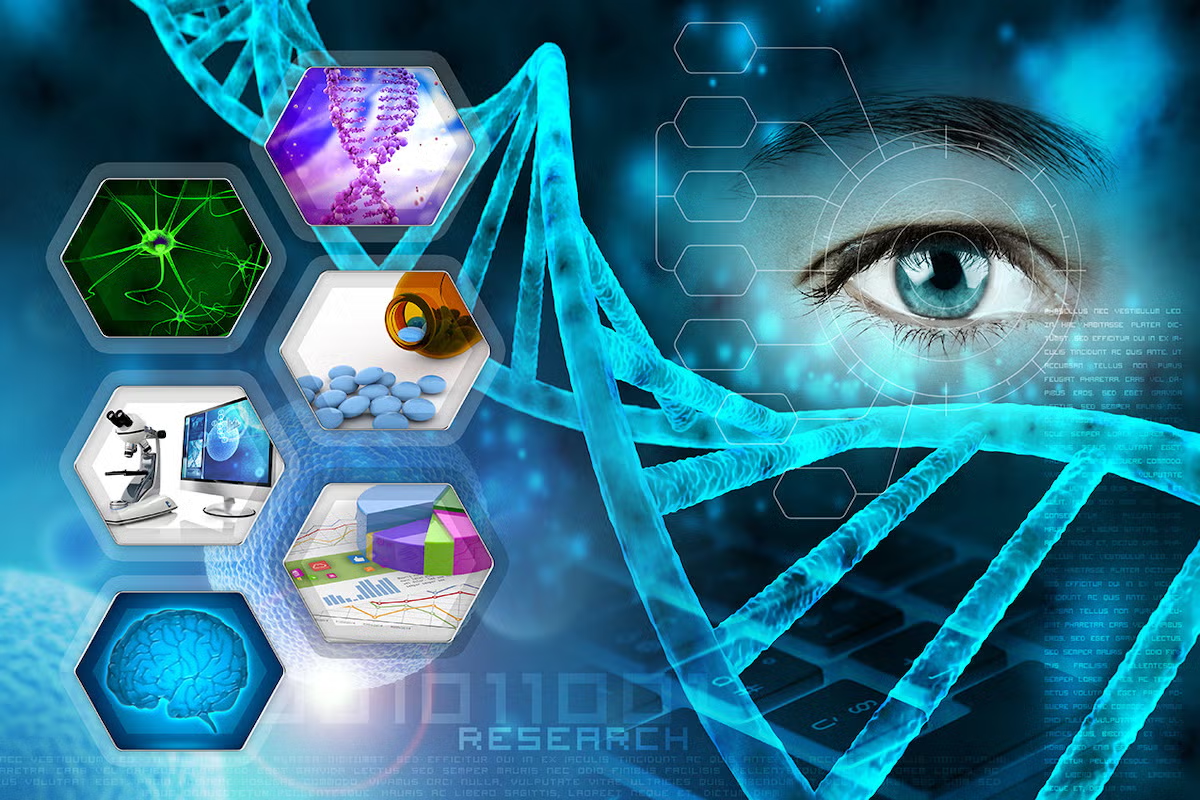Breakthrough in AI-Powered Robotics for Complex Task Automation
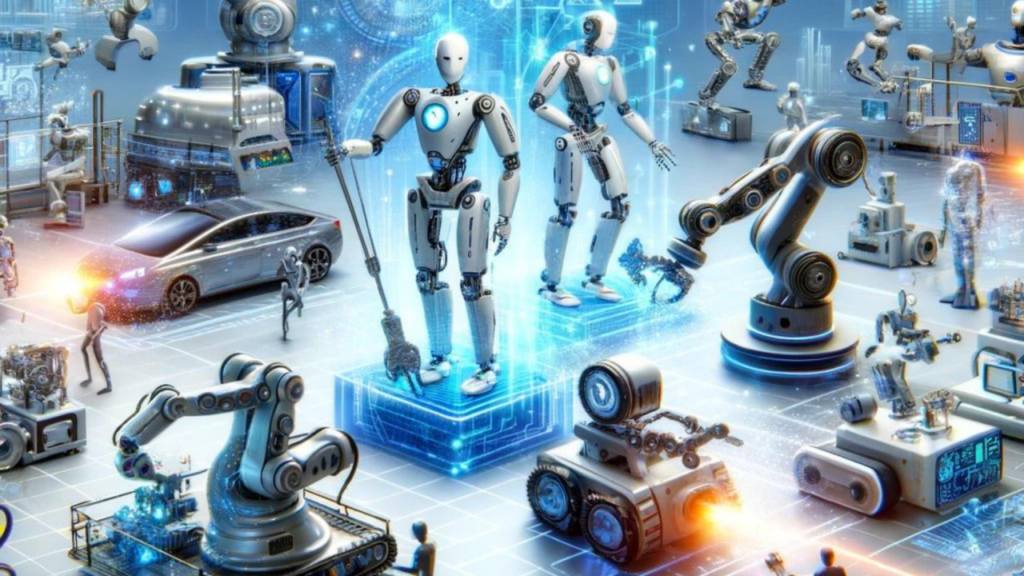
Industrial and service robotics have long been at the forefront of automation, but their capabilities have traditionally been limited by rigid programming, predefined workflows, and a lack of real-time adaptability. However, in June 2023, a major leap in AI-driven robotics took place, enabling robots to learn, adapt, and autonomously execute complex tasks with greater precision and autonomy than ever before.
The introduction of Google DeepMind’s RT-2 (Robotic Transformer 2) demonstrated how transformer-based AI models could bridge the gap between large language models (LLMs) and real-world robotic applications. For the first time, robots could understand natural language instructions, interpret visual environments, and generalize their learning to perform new tasks without being explicitly programmed for them.
How AI-Driven Robotics Evolved Beyond Traditional Automation
Previously, robotic systems relied on hard-coded logic, pre-trained motion sequences, and environment-specific adaptations. This meant that robots:
- Struggled with unfamiliar tasks unless they were explicitly programmed for specific movements.
- Had difficulty adapting to changes in their environment, requiring frequent manual recalibration.
- Lacked the ability to generalize learning from one task to another, limiting their flexibility.
DeepMind’s RT-2 model changed this dynamic by integrating a vision-language-action model, allowing robots to:
- Interpret textual commands and translate them into physical actions.
- Analyze visual input to understand objects, spaces, and real-world contexts.
- Generalize knowledge from different training environments to handle new, previously unseen tasks.
This breakthrough brought robotic intelligence closer to human-like reasoning and adaptability, setting the stage for AI-powered automation across industries.
Real-World Applications of AI-Powered Robotics
The introduction of transformer-based robotic intelligence led to immediate experimentation across multiple fields, demonstrating how AI-driven robotics could revolutionize real-world applications.
1. AI in Warehousing and Logistics
- AI-powered robots optimized package sorting, inventory management, and order fulfillment, reducing dependency on manual labor.
- Autonomous mobile robots (AMRs) equipped with AI-driven adaptability could navigate complex warehouse environments, avoiding obstacles and rerouting dynamically.
2. AI in Healthcare and Assisted Living
- Hospitals began testing robotic assistants capable of transporting medical supplies, assisting with basic patient care, and supporting elderly patients in daily activities.
- AI-powered exoskeletons showed promise in rehabilitation therapy, helping patients regain mobility through adaptive support mechanisms.
3. AI in Service and Hospitality Industries
- Smart service robots were deployed in hotels and restaurants, assisting with cleaning, food preparation, and customer service interactions.
- AI-powered humanoid robots experimented with handling customer inquiries in retail spaces, providing real-time product recommendations.
These applications signified that robotic automation was no longer confined to repetitive, pre-programmed tasks—AI was enabling machines to reason and act with greater autonomy.
Challenges and Ethical Considerations in AI-Powered Robotics
Despite the potential of AI-driven robotics, several key challenges needed to be addressed to ensure safe, ethical, and reliable deployment.
1. Safety and Operational Risks
- As AI-powered robots gained autonomy, concerns over unpredictable behavior and operational safety emerged.
- Industries needed strict AI safety protocols, ensuring robots could operate alongside humans without risks.
2. AI Bias and Decision-Making in Robotics
- Robots relying on vision-language models could inherit biases from their training data, potentially leading to inaccurate or unfair decision-making.
- Researchers were working to ensure ethical AI training by reducing dataset biases and improving interpretability.
3. The Impact on Workforce and Employment
- As robots became capable of performing more cognitive and physical tasks, concerns arose over job displacement in sectors like logistics and manufacturing.
- Policymakers and businesses had to balance AI-driven efficiency with workforce transition strategies, ensuring job reskilling programs were in place.
These concerns reinforced the need for responsible AI adoption strategies, ensuring robotic intelligence remained a tool for augmentation rather than replacement.
What’s Next for AI in Robotics?
With transformer-based AI models now being integrated into robotics, the next phase of development was expected to bring:
- Greater real-time adaptability – AI-powered robots would improve in handling spontaneous, complex tasks without explicit training.
- Integration with multimodal AI systems – Future robotics would combine language, vision, and tactile learning, allowing for more human-like interactions.
- Scalable robotic workforce solutions – Companies would deploy AI-driven robotics at scale, creating hybrid environments where humans and AI collaborated seamlessly.
These advancements positioned AI-powered robots as a transformative force in industries that require precision, adaptability, and efficiency.
A Milestone in AI-Driven Robotics
The release of DeepMind’s RT-2 in June 2023 demonstrated that robotics had entered a new era of AI integration, where machines were no longer limited to pre-programmed actions but could interpret, learn, and execute tasks dynamically.
However, with this newfound adaptability came critical challenges related to safety, ethics, and workforce impact. Ensuring AI-powered robotics were deployed responsibly would be essential for long-term success and societal acceptance.
